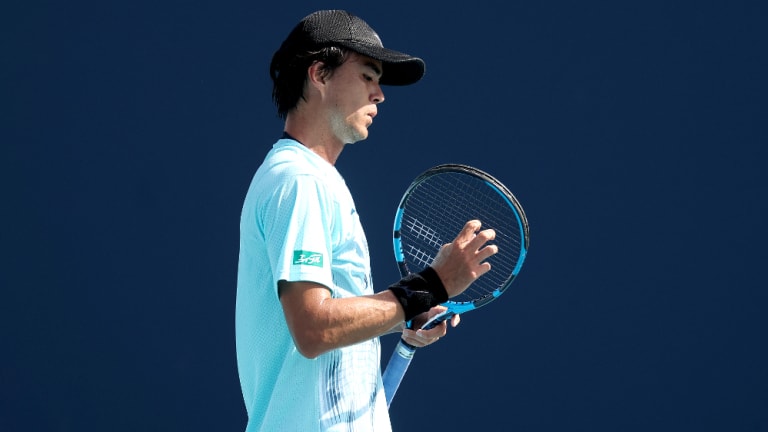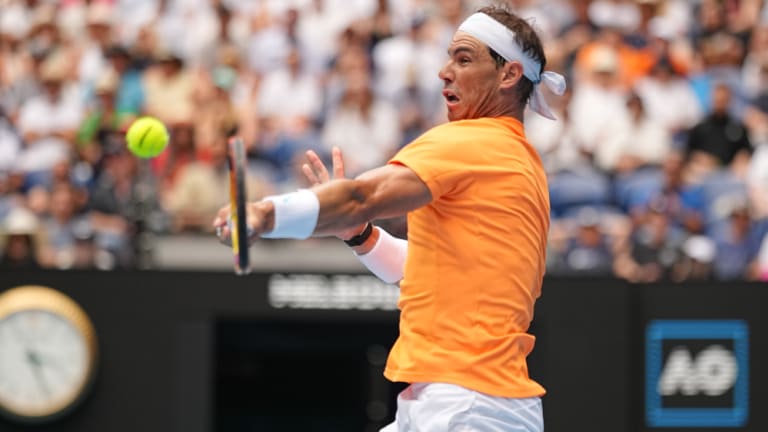I read a recent post about the release of new racquets that have 18x20 string patterns. It said that the big differences between these racquets and previously released identical ones with 16x19 string patterns are better command and a lower ball flight. In general, what are the primary contrasts between the two string patterns?—Nic H.
Nic,
I’m glad you prefaced your question with “in general” because it would be tricky to claim absolutes in this subject. Some racquets in both categories defy convention. But let’s start with some basics. When describing string pattern, the first digit refers to the number of main strings (north to south) and the second is the amount of crosses (east to west). For a brief time several years ago, companies experimented with spin-crazed string patterns, but typically the crosses outnumber the mains.
Then there’s the roles of the strings. The mains are the racquet’s engine; the fewer and wider the setup, the greater the power. String, tension and flex being equal, a 16x19 will have greater elasticity which usually helps produce easier depth on shots, as well as a more forgiving string bed. A denser pattern feels firmer and has less deflection and string movement. This generally results in greater shot predictability, direction and ball connection.
The crosses are more involved in launch angles and spin rate; the fewer and wider the setup, the higher the launch and spin rate. With greater string movement, the 16x19 will generate a naturally higher arc with more spin potential. An 18x20 frame typically produces a flatter shot with a more linear trajectory.
It would seem that with deeper reservoirs of power and spin, 16x19 frames would be the slam dunk choice. And they’re the most popular with the general tennis playing population. But the 18x20 remains an attractive option for certain types of players.
Using familiar pro players as examples, Novak Djokovic has an 18x20 pattern in his Head Speed Pro. This suits a game predicated on consistency and precision. His stroke mechanics provide enough pace to dictate and spin for safety that he doesn’t require any help in those departments. He prefers to hit lower over the net into tight target windows, often redirecting his opponent’s shots, which is more readily accomplished with a denser string pattern.
On the other hand, Rafael Nadal’s Babolat Pure Aero has a much wider 16x19 string pattern. This helps him bully opponents around the court with his heavy groundies. He’s able to hit with lots of margin over the net and lets all the topspin he generates keep the ball in the court. Nadal is less concerned with playing close to the lines, relying on the weight and relentlessness of his shots to do the damage. It’s more difficult for him to flatten the ball out and hit straight through the court, but it’s a worthwhile tradeoff.

